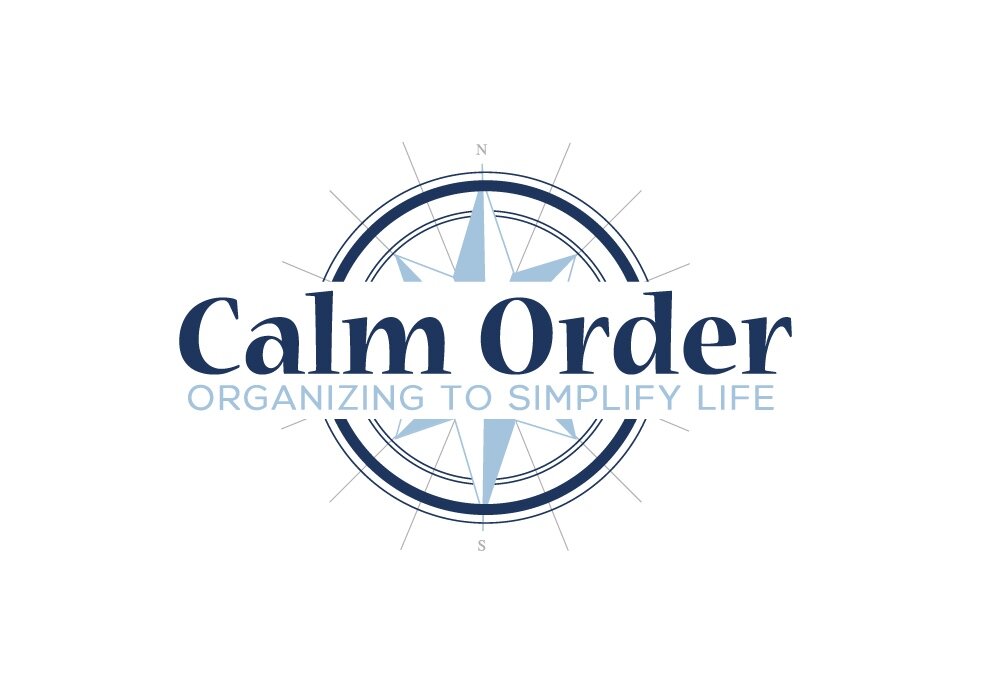Lockers can be used to store a lot of important items, many of which have to be easily accessible because they’re used every day, and there isn’t enough time to search around for them. To start the school year off right, take some time before or after class, or during a break, to clean out your locker and set it up so that it functions properly for the rest of the school year.
- Get rid of clutter: It can be easy to stash loose papers, old wrappers, and containers or non-essential items at the bottom of your locker, but they’re only creating clutter and taking up valuable space. Take some time at the end of each week to quickly scan through your locker, and either throw out, recycle, or take home the items that you don’t really need.
- Designate space for school supplies: Don’t keep extra paper, pens, pencils, or other school supplies sitting loose in your locker. Instead, store them together in a case that you can take with you, or in magnetic holder on your locker door (like this one) so they’re easy to access and don’t get lost.
- Hanging space: Keep your hanging space free for your bag or backpack, coats, and sweaters – don’t just throw these items onto a shelf or on the floor of your locker. This will keep your locker clean and tidy, and free up space for your books and other items.
- Floor space: The bottom of your locker should be left for shoes, gym strip, or sports equipment and your lunch bag – anything that is potentially dirty, smelly, or takes up a lot of room. This will keep the items separate from your books and supplies. These items and others should also be stored here because they usually aren’t used as often as your books and don’t need to be within easy reaching distance.
- Books: If you have a shelf, organize your textbooks and notebooks or binders by your class schedule and line them up with the spines facing you. This way, books are easy to identify and take out when you’re heading to your next class. Also consider colour coordinating your different subjects in case your books to get mixed up.
- Schedules: Keep a copy of your class schedule on your locker door so that it’s always there for reference, especially during your first couple of weeks of classes. It’s also a good idea to keep a magnetic notepad or mini-white board to keep track of important assignments and deadlines, as well as anything that needs to get done like forms signed, supplies you’re low on, and other information.












